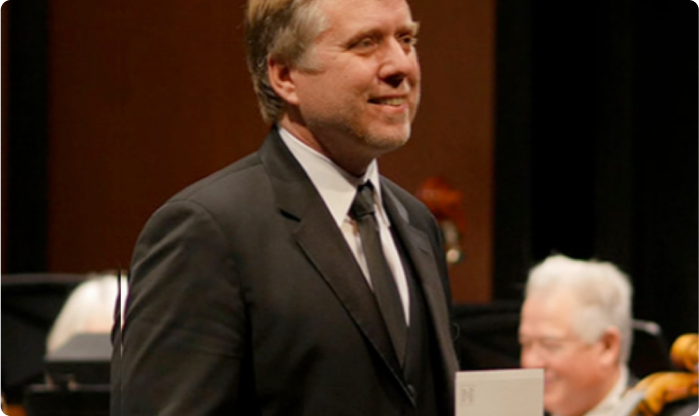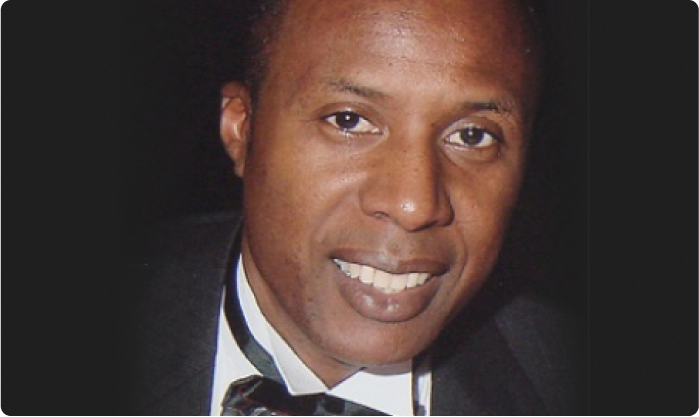5 Effective Strategies for Teaching Music Theory to Non-Majors
Carlos Maldonado
Entrepreneur and pioneer of the use of the Internet in education. Direct experience in designing, authoring, developing, publishing, and distributing world-class courses, training programs, and educational services used in hundreds of colleges and universities in the USA.

How to Make Teaching Music Theory Meaningful, Accessible, and Engaging for Every Student

Teaching Music theory can be a powerful for understanding how music works—but for non-majors, it’s often an intimidating or abstract requirement. These students may be passionate listeners or casual performers, but they don’t always arrive with formal training or a deep desire to learn about chord progressions and counterpoint.
So how do we meet them where they are—without dumbing it down?
Here are five practical strategies for helping non-majors engage meaningfully with music theory, without losing academic integrity.

Start With Sound Before Symbols
Rather than diving into notation and terminology, begin with listening. Invite students to explore patterns they hear in familiar music. Ask:
- What do you notice about the bass line?
- When does the harmony change?
- How does tension build and resolve?

Contextualize Theory in Real Music
Avoid endless drilling of theoretical abstractions without purpose. Instead, anchor each concept in real-world examples—especially from genres students already care about.
Teaching cadences? Show how they function in Beyoncé, Radiohead, and Mozart. Talking about chord functions? Analyze a pop song’s looped progression alongside a classical phrase. When students see how theory reveals musical meaning, they become curious rather than cautious.

Use Creative Assessments
Instead of (or alongside) traditional exams, try alternative assessments:
- Compose a short piece using a specific progression.
- Create a playlist that illustrates a theoretical concept.
- Annotate a favorite song using newly learned vocabulary.

Leverage Technology for Visualization and Practice
Let’s face it: paper-based instruction limits how we experience music theory. Interactive tools and digital scores bring concepts to life. Students can:
- See animated visualizations of voice leading
- Hear intervals and chords in real time
- Get immediate feedback on drills

Keep Goals Clear (and Manage Expectations)
For music majors, theory is foundational. For non-majors, it's often elective or required for a general education credit. Align your course outcomes accordingly:
- Focus on practical literacy and listening skills.
- Prioritize musical fluency over rote memorization.
- Invite personal reflection: “What’s something you’ve always wondered about music?” and tie that into the curriculum.
Final Thoughts
Teaching music theory to non-majors doesn’t have to mean lowering the bar—it just means shifting the focus. By emphasizing listening, relevance, creativity, and technology, we can help students build a deep and lasting relationship with music’s inner workings.
And with web-based interactive courses like OnMusic Theory and OnMusic Fundamentals, instructors can blend rigorous content with intuitive design, creating an engaging and equitable learning experience for all.
Ready to try an online theory coursebook that meets students where they are? Explore OnMusic Theory and other courseware at Connect For Education.
Instructor access is free, and reviewer accounts give teachers a 60-day window to explore courses and every feature before adoption.

Top Blogs
Related Success Stories

















